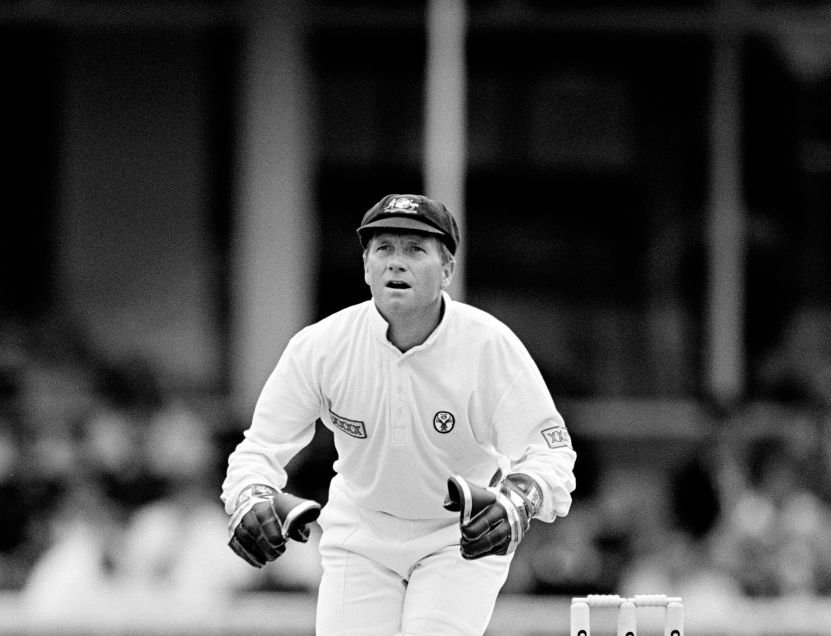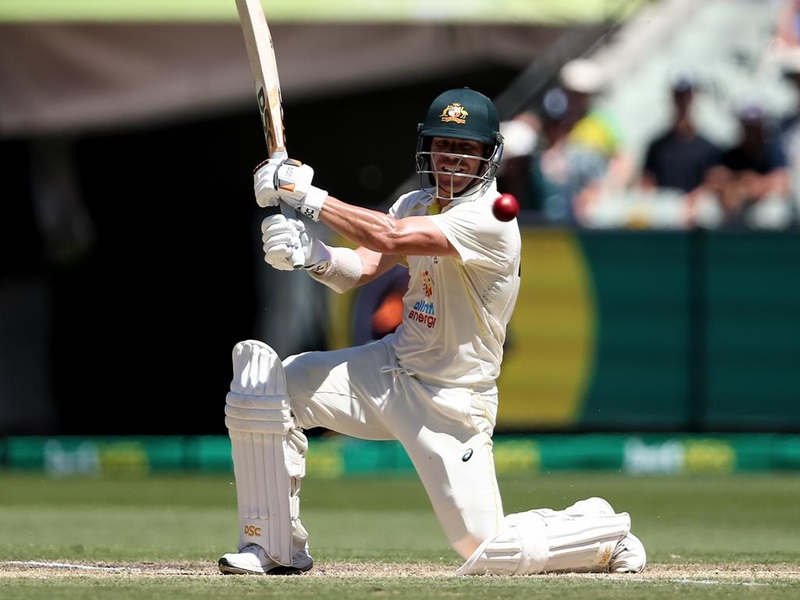Former Australian wicketkeeper Ian Healy once shared an intriguing perspective: at any given time, there could be around 11 wicketkeepers in Australia capable of stepping into the Australian Test team.
He explained that the Australian incumbent Test wicketkeeper is, of course, one. Then there are the six Sheffield Shield wicketkeepers representing their states and four wicketkeepers playing grade cricket who could also perform at the Test level if given the opportunity.
It’s worth noting that Ian himself was playing first-grade cricket in Brisbane when he got his chance to represent Queensland after Peter Anderson was injured. Remarkably, Ian played just six first-class matches for Queensland before earning selection for the Australian Test team. Healy went on to play 119 Test matches and was ultimately named the wicketkeeper in Australia’s Test Team of the Century.
In my opinion, Healy is Australia's greatest pure gloveman, yet his journey highlights how he rose from grade cricket to the Test arena after only six first-class games.
This raises an intriguing thought: if we consider Ian’s perspective on wicketkeepers, could we apply similar reasoning to other skill sets within a balanced cricket team? For example, could Australia potentially have the following number of players capable of performing at the test level across these roles?
55 batters
11 all-rounders
11 wicketkeepers
22 spinners
33 fast bowlers.
It’s a fascinating concept. With the right combination of hard work and opportunity, who knows what might be possible?
How do we make the Sheffield Shield competition stronger? How do we empower a greater emphasis on the competition to future-proof the breeding ground and ultimate success of the Australian test team?
https://www.cricconnect.com/profile/32/paul-ryan/blog/2645/increase-the-prize-money-for-winning-the-sheffield-shield-to-2000000






































